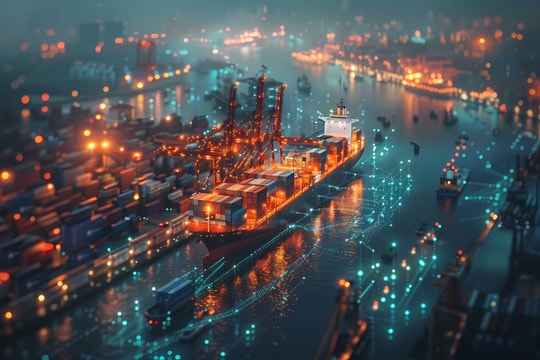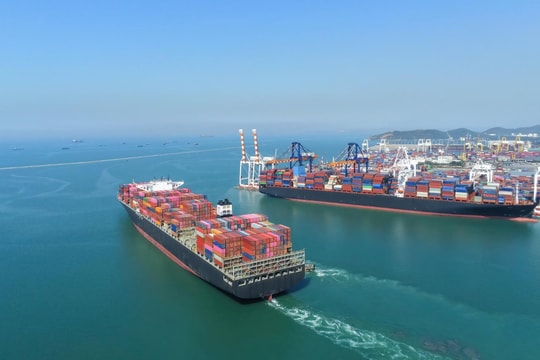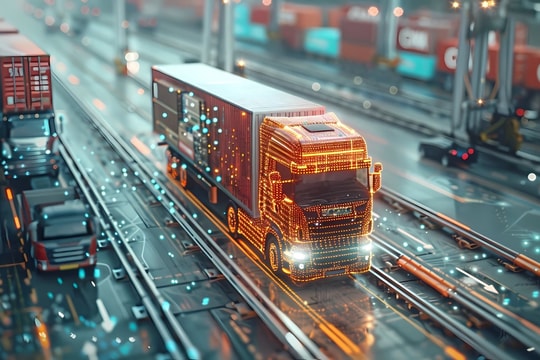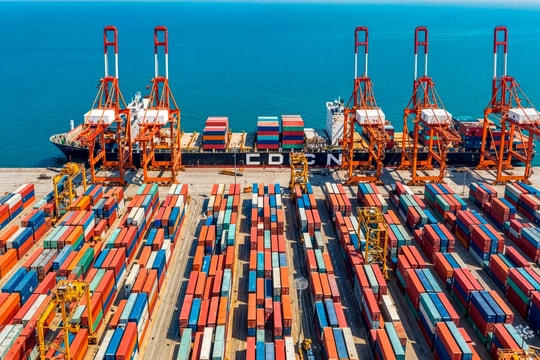From the story of Vietnam's electric cars 'going abroad'
The day before VinFast officially exported the first electric cars to the US (November 25), images of long lines of VF8s waiting to "get on board" were being shared widely on social networks.

Previously, the image of a giant ship bearing the "VinFast" logo anchoring on the coast of Dinh Vu port area also attracted great attention from the online community. According to the previous plan from the Vietnamese car manufacturer, these cars will be handed over to US and Canadian users before the end of 2022.
The “story” not only brings pride to Vietnamese people about a Vietnamese automobile brand; but also the Vietnam’s "pride" in front of a big problem of the times.
When billionaire Pham Nhat Vuong "stepped up"
on automobile production; there were many doubts.
The natural Vietnamese doubt that there have been
famous car brands in the world for over a hundred
years, it is impossible to gain success with Vietnamese car. However, VinFast gradually conquered the
market, both domestically and internationally.
20 years ago, Prime Minister issued Decision no.175/2002/QD-TTg approving the Development Strategy of Vietnam's Automobile Industry until 2010, vision to 2020 (later, in 2014, it was amended by Decision no.1168/QD-TTg). However, until the appearance of Truong Hai of billionaire Tran Ba Duong and VinFast of billionaire Pham Nhat Vuong, Vietnam's auto industry was successful.
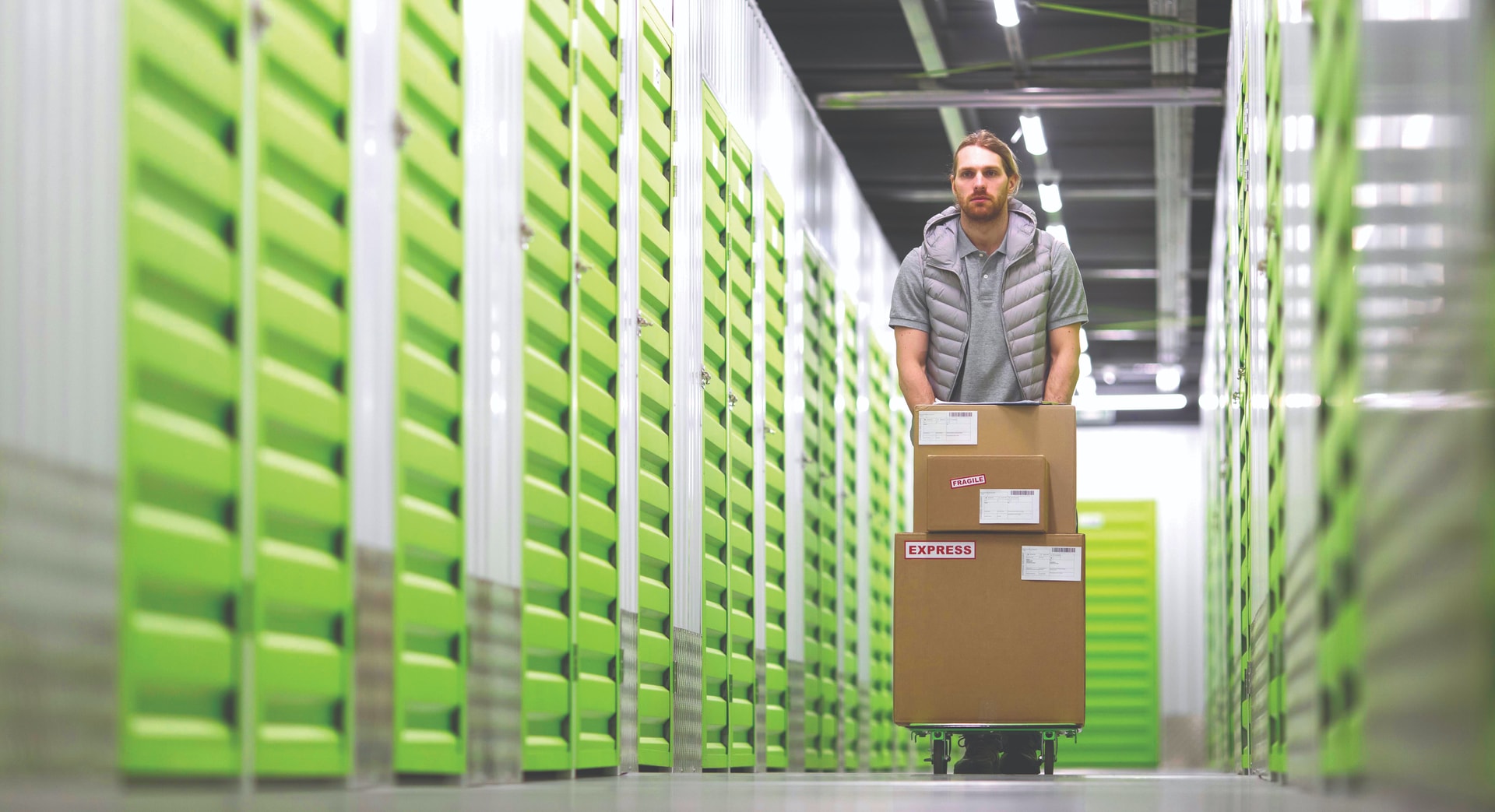
The objective (section C) of Decision no.1168/ QD-TTg is “By 2035: the automobile industry ensures overall socio-economic efficiency as well as environmental requirements and usage trends of saving energy, meeting domestic demand and participating in the world automobile production and manufacturing chain with great export value” (Source: Law Library).
At the 26th international conference on solutions to combat climate change (COP-26) taking place in Glasgow, Scotland, UK (early November 2022), Prime Minister Pham Minh Chinh emphasized three important messages: firstly, responding to climate change and restoring nature must become the highest priority in all development decisions, the highest ethical standard of all levels, sectors, enterprises and people.
According to calculations by the Institute of Transport Science and Technology, when the emissions of motorcycles and motorbikes are not controlled, the emissions are 469,963 tons of CO, 37,956 tons of HC per year. Meanwhile, it is estimated that according to the number of new vehicles, these gases increase from 24.8 to 43.3% annually. Therefore, the control of emissions generated by motorcycles and motorbikes makes a great contribution to the protection of the urban air environment in Vietnam.
VinFast's pioneering in the production of electric vehicles (urban buses, electric motorbikes, electric cars...) in order to protect the environment is the "Green Trend" of the future.
... To 'green logistics'
Logistics is a service sector that consumes energy and generates large emissions. At the COP-26 Conference, Prime Minister pledged that Vietnam would achieve net zero emissions by 2050. This is a difficult target, requiring accountability and strong participation of all sectors, including logistics.
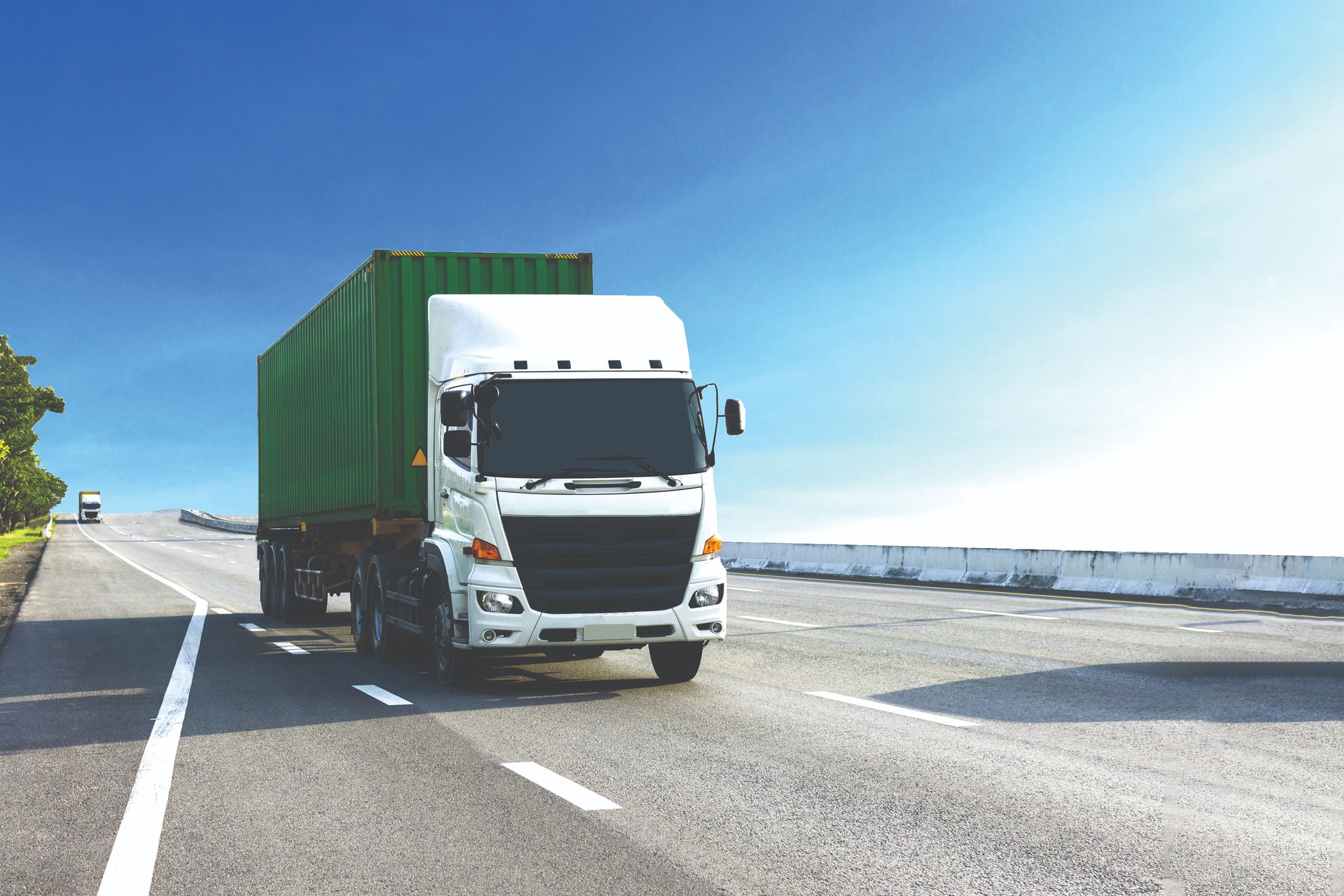
In 2015, the Ministry of Industry and Trade issued Circular no.35/2015/TT-BCT, regulating environmental protection in the field of industry and commerce. This is the concretization of the Law on Environmental Protection (2014) and the Government's Decree. Accordingly, there are strict requirements and inspection for the formulation and adjustment of strategies, master plans, schemes and projects in production and business activities.
Dust, smoke (exhaust gas) pollution, water pollution,
and noise pollution... in Vietnam have been in an
alarming state. According to the assessment of
WHO, Hanoi and HCMC are in the list of 500 cities with the highest average concentration of fine dust per year. In which, Hanoi is at 214 and HCMC is at
279... And one of the main causes of air pollution is transportation.
Environmental experts said that when vehicles use fuel to operate, the engine will emit a large amount of toxic gases that pollute the environment and directly affect health of those participating in traffic and living along traffic routes.
The Law on Environmental Protection (2020) stipulates the issue of environmental protection in transportation activities. To implement the Law and international commitments, the Government has been promulgating policies and roadmaps for converting and eliminating fossil fuel-powered vehicles and polluting vehicles.
In order to have "Green Logistics", not only the Ministry of Industry and Trade, the Ministry of Transport, the Ministry of Construction... but also organizations, enterprises participating in the Logistics value chain must work together- the common responsibility of both the political system and people. It is time to start and build a "green logistics culture" no matter how long it will and how difficult it will be.


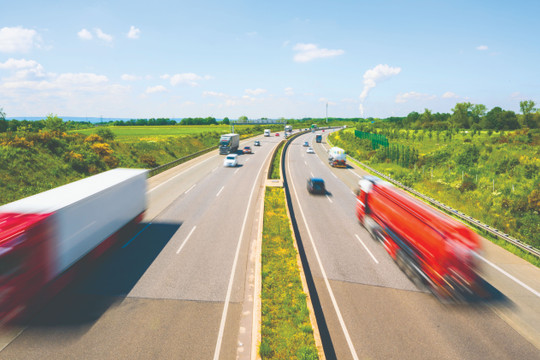
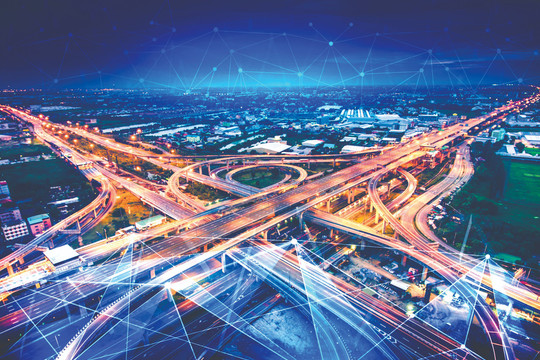
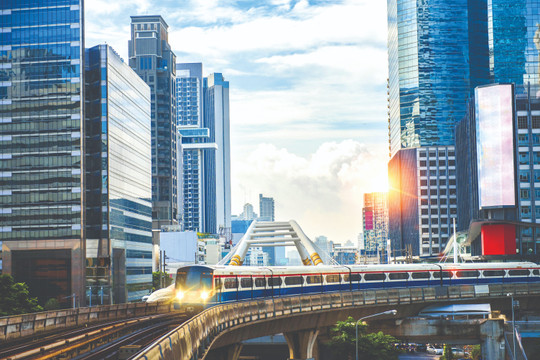
.png)
